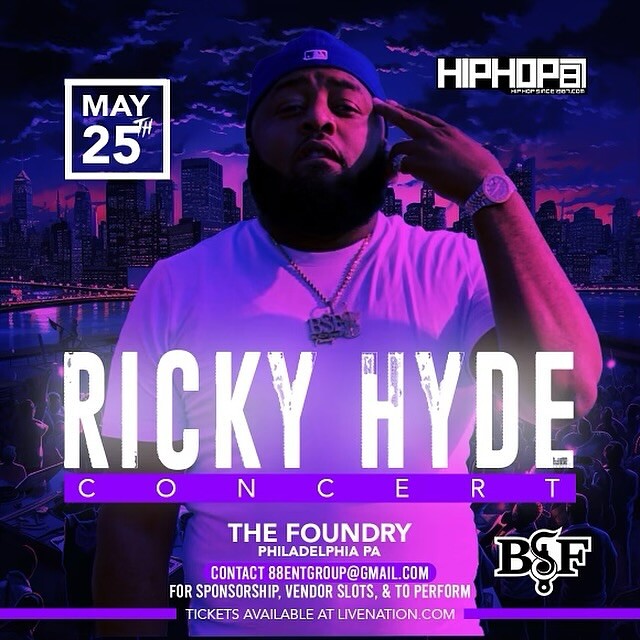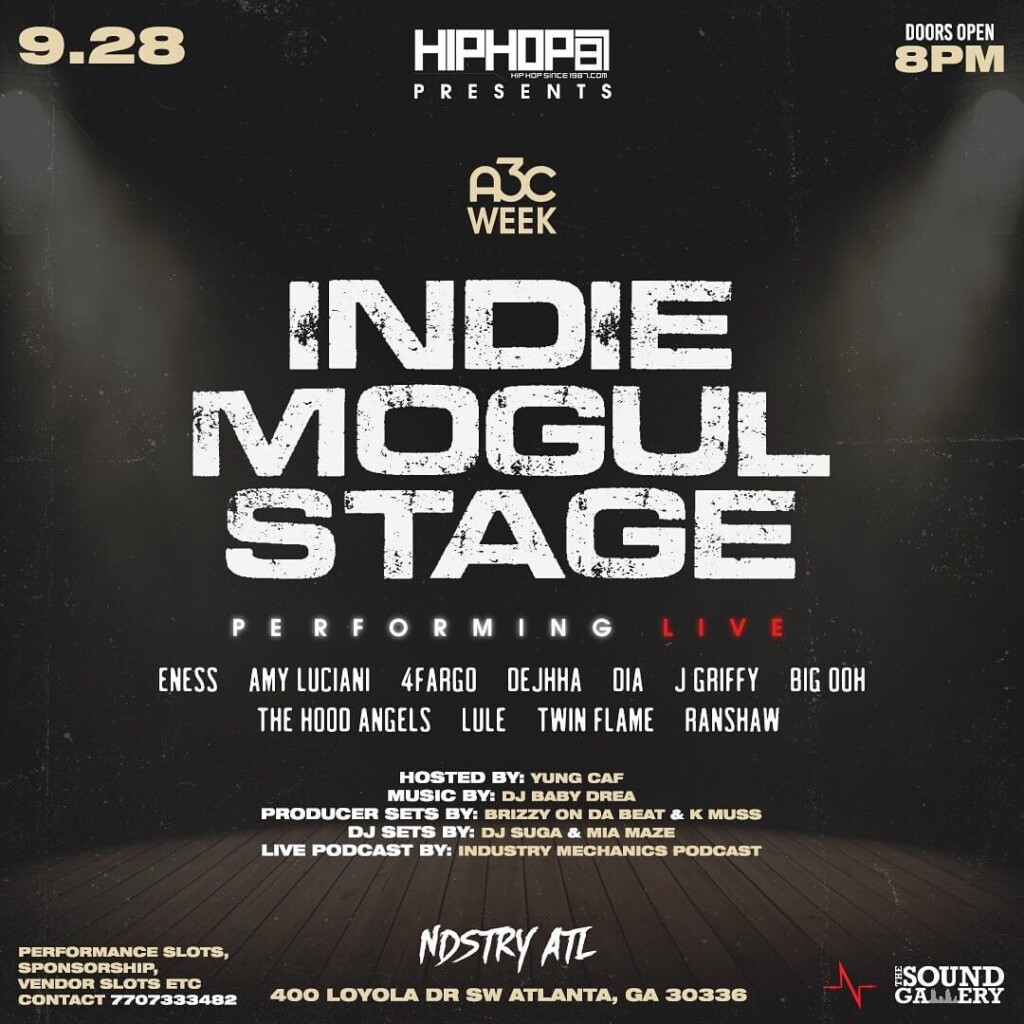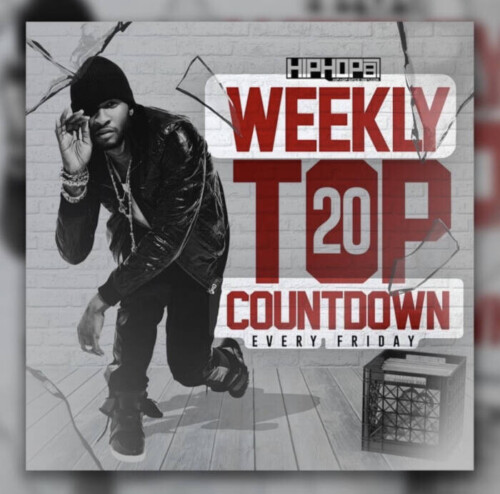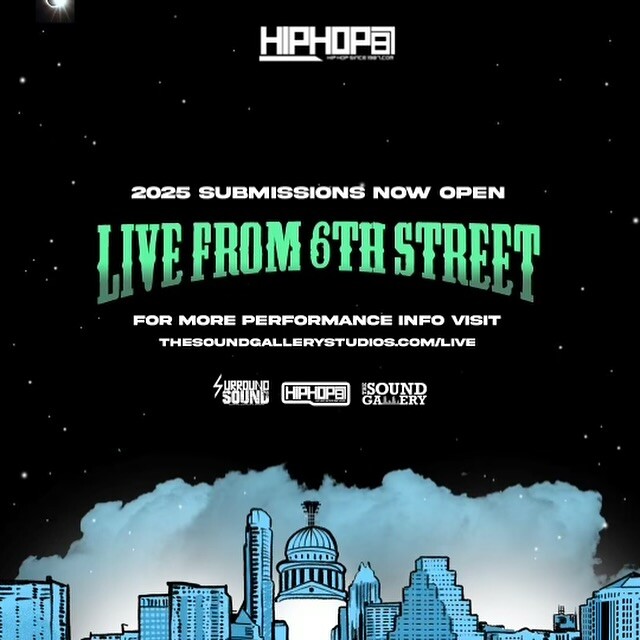Hip-hop has experienced outstanding changes over the decades. It has seen more shifts than any other genre. It all started in New York’s Bronx. Hip-hop became a global phenomenon. Such changes are also visible in the digital age.
There is an overwhelming amount of new information. For students, this is demanding and makes them stressed out. That’s why many college attendees began searching for phrases like write my college essay for me hoping to find help. This phenomenon emphasized a broader trend where outsourcing tasks became a norm.
Let’s look at how everything started. We’ll begin with the late 80s.
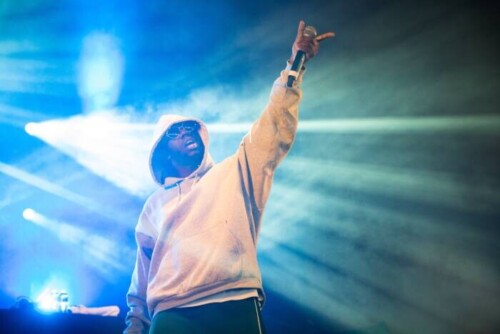
The Golden Era Begins
Many enthusiasts term the late 80s the “Golden Age of Hip-Hop.” The Golden Era began in 1987. Can you guess who laid the foundation for conscious rap? Public Enemy.
Equally important were N.W.A. Their revolutionary “Straight Outta Compton” brings the harsh tales of street life and police brutality to the forefront. Let’s not forget about urban LA’s unfiltered lifestyle.
This marked the beginning of gangsta rap.
Enrichment and Mainstream Acceptance
In the 90s, hip-hop diversified. New sub-genres appeared. What was the most popular headline? The East Coast-West Coast rivalry. We must mention Tupac and The Notorious B.I.G. as role models for many. Their tragic deaths elevated the genre’s influence.
On the other hand, there were groups like A Tribe Called Quest and De La Soul. They represented a jazzy, laid-back side of rap. Their main focus was on positivity and storytelling.
Did you know that OutKast’s electric style brought Atlanta to the spotlight? They combined soul, rock, and funk elements.
What makes this era great? In the 90s, female rappers like Queen Latifah, Lil’ Kim, and Lauryn Hill demonstrated hip-hop’s potential beyond aggressive masculinity.
New Generation
Finally, the 2000s arrived. 50 Cent, Eminem, Jay-Z, and Kanye West became global icons. Eminem was one of the best-selling artists. What made him so unique? His complex rhymes and controversial topics.
“The College Dropout” was paradigm-shifting. In this album, Kanye West highlighted soulful samples. It was an intense self-reflection album.
Commercial Bang
The 2000s also adjusted the start of digital platforms. The new period changed music consumption and discovery. Traditional gatekeepers began to lose power.
Hip-Hop Became Pop
In the 2010s, the line between pop and hip-hop became blurry. Suddenly, we have Kendrick Lamar’s conscious, poetic narratives. On the other hand, we have Drake’s melodic rap style. And let’s not forget about the Migos’ trap influence on mainstream radio.
Finally, streaming platforms like SoundCloud and Spotify have risen. Artists like Chance The Rapper became independent. This showcased the democratizing power of the internet.
Nicki Minaj and Cardi B started dominating the charts. They have set many records. Societal issues persisted to be a main theme.
Kendrick Lamar’s “To Pimp a Butterfly” attacked racial inequality. This album established him as one of the era’s foremost voices.
Globalization and the Digital Age
Hip-hop is no longer just an American genre. There are many new artists from all over the world. They started incorporating their local sounds and stories into this genre. Afrobeat, K-pop, and reggaeton started influencing tracks.
You already know by now how a catchy song can catapult a track. Just think about TikTok and all the songs it popularized. Yet, this raised another important question. What’s going to happen with modern music?
2023 came around, and hip-hop began reflecting hardships like climate change, the COVID-19 pandemic, and social unrest.
The Influence of Technology and Innovation
Technology advancements had a significant impact on hip hop’s evolution. For example, in the early days, DJs used turntables to create innovative beats.
In the late 2000s, digital software like FL Studio and Ableton became important. They allowed producers to craft beats from their rooms. That’s when SoundCloud gave these artists a space to upload their masterpieces.
Let’s not forget about artists like Post Malone and Lil Peep. They emerged in the new wave of artists. Suddenly, music creation became more accessible. People could afford recording equipment and transform their home studios into professional setups.

Fashion and Hip-Hop’s Relationship
Fashion and hip-hop are inseparable. They always had a special bond. Let’s just mention Kanye West and Pharell Williams. What did they do? They collaborated with luxury brands. They even launched their clothing lines.
Hip-hop influencers turned sneaker culture into collectibles culture. Additionally, hip-hop’s influence on fashion surpassed borders.
This year, the line between fashion icons and hip-hop artists became unnoticeable. This showcased the genre’s extensive influence on global culture.
Mental Health and Vulnerability in Lyrics
Mental health awareness has changed hip-hop’s narrative in its transformational years. Artists like Kid Cudi and Logic have addressed depression, anxiety, and suicidal ideas. They comforted their listeners and helped break the stigma around mental health.
This trend marked a departure from earlier genres that emphasized machismo. In the 2020s, vulnerability was a virtue.
Hip-hop artists like Mac Miller and Juice WRLD have openly shared their struggles. This has made hip-hop an essential tool for emotional expression. The genre’s dialogue on mental health reflects its dedication to reflecting the most complex human experiences.
The influence of hip-hop permeated academic discussions, prompting countless essays and research projects. Students, keen to present well-researched insights, often turned to the best paper writing services to help articulate the genre’s profound impact on culture. This trend underscored the intersection of academia and popular culture as the world sought to understand hip-hop’s lasting legacy.
Conclusion
From 1987 to 2023, hip-hop has transformed from a subcultural movement to the world’s leading music genre. Its malleability, openness to evolution, and unapologetic reflection of societal issues have kept it at the forefront of cultural conversations.
Key moments, albums, and artists from these years chart the journey of hip-hop and the changing face of society and global culture. As we look ahead, one thing remains sure: hip-hop will continue to evolve, surprise, and remain an indomitable force in music and beyond.
© 2023, C Wood. All rights reserved.


